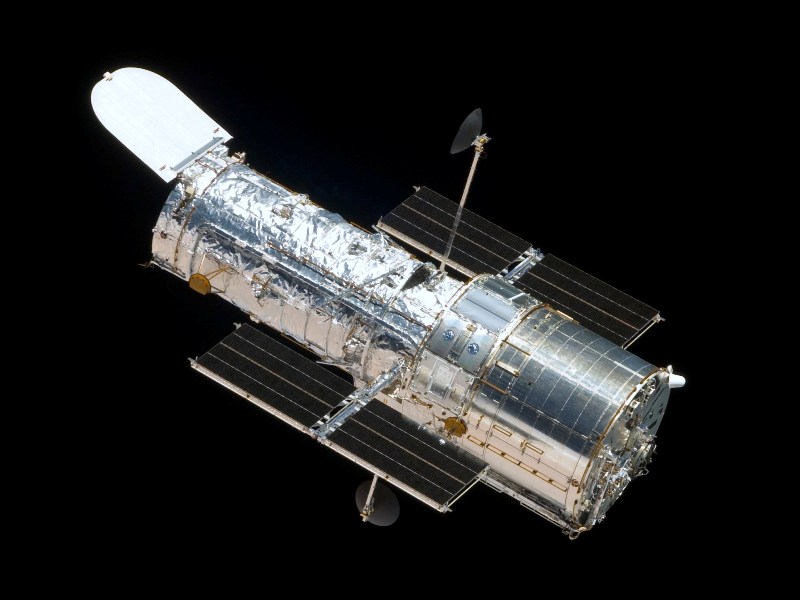GN-z11: Difference between revisions
Jump to navigation
Jump to search
Siterunner (talk | contribs) No edit summary |
Siterunner (talk | contribs) No edit summary |
||
| Line 11: | Line 11: | ||
''A few exhausted photons of light from [https://en.wikipedia.org/wiki/GN-z11 '''GN-z11''' | ''A few exhausted photons of light from [https://en.wikipedia.org/wiki/GN-z11 '''GN-z11'''... | ||
* https://www.theatlantic.com/technology/archive/2022/01/machine-garden-natureless-world/621268/ | * https://www.theatlantic.com/technology/archive/2022/01/machine-garden-natureless-world/621268/ | ||
Latest revision as of 01:13, 21 April 2024
Through Our Digital Devices We're Living 'Mediated Lives'
Say 'Hi' to GN-z11
GN-z11 is the oldest and most distant known galaxy yet identified in the observable universe
A few exhausted photons of light from [https://en.wikipedia.org/wiki/GN-z11 GN-z11...
